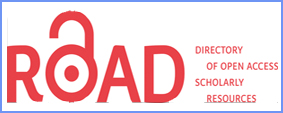ISLAMIC EDUCATION IN SOUTHEAST ASIA IN THE ERA OF AEC: PROSPECTS AND CHALLENGES
Abstrak
The implementationof ASEAN Economic Community (AEC) in 2015 will mark a new era of the relationship between countries in Southeast Asia. Proposed and agreed on during the Bali Concord II in 2003, the AEC agreement assumes a free flow of goods, investments and services among Southeast Asian countries in 2015. While the agreement provides more opportunities for the ASEAN countries and their people to enhance their economic development, some countries and people may find it more difficult compare to others to turning challenges into opportunities. One of the key factors is education. Education is the only way to improve the quality of human resources.In many Southeast Asian countries, Muslims make up the majority of the population, and hence the roles and responsibilities of Muslims are very significant in the region. Southeast Asian Muslims have a long history in providing education and human resources development to their communities. The continuing existence of madrasah, pondok or pesantren in almost every Muslim community indicates that education has been important part of Muslims’ lives. These institutions continue to exist amid rapid development of “international” or secular schools in many countries. The reason is that not only because most Muslims regard religious education remains important, but also because the ability of the institutions to adapt to the changing world. The realisation of AEC in 2015 provides opportunities and challenges to Islamic educational institutions. As indigenous institutions, Muslim schools could serve as the place where local values can be transmitted together with global and universal competencies.




.png)









